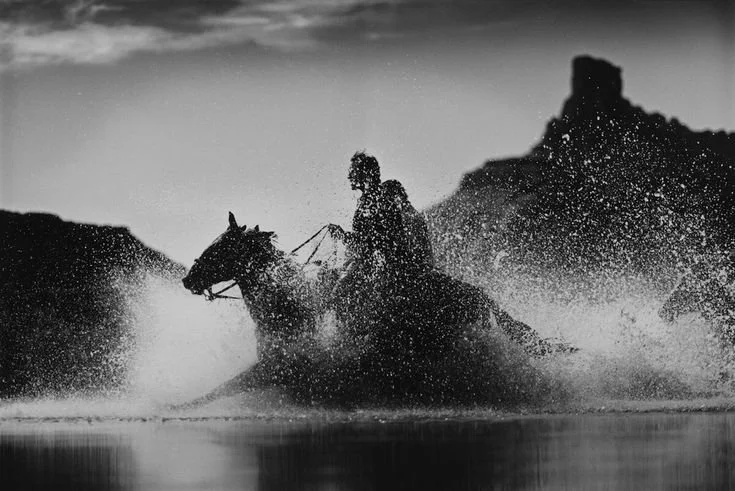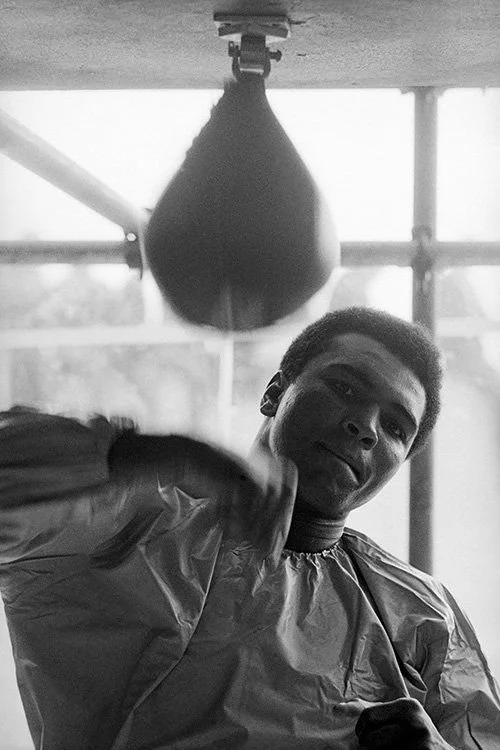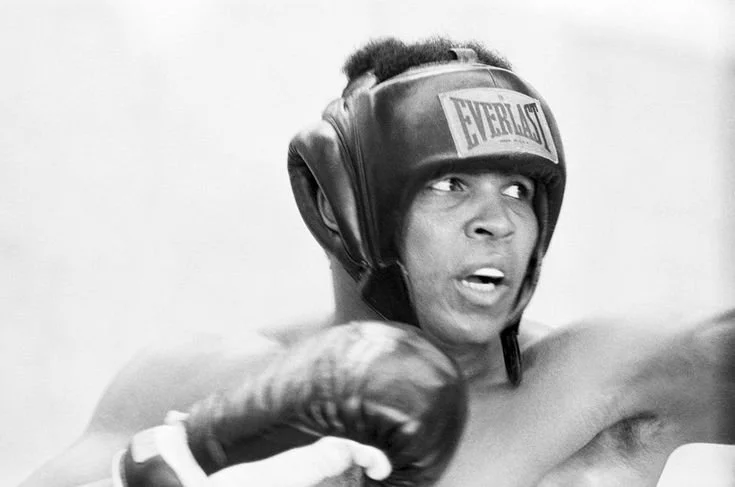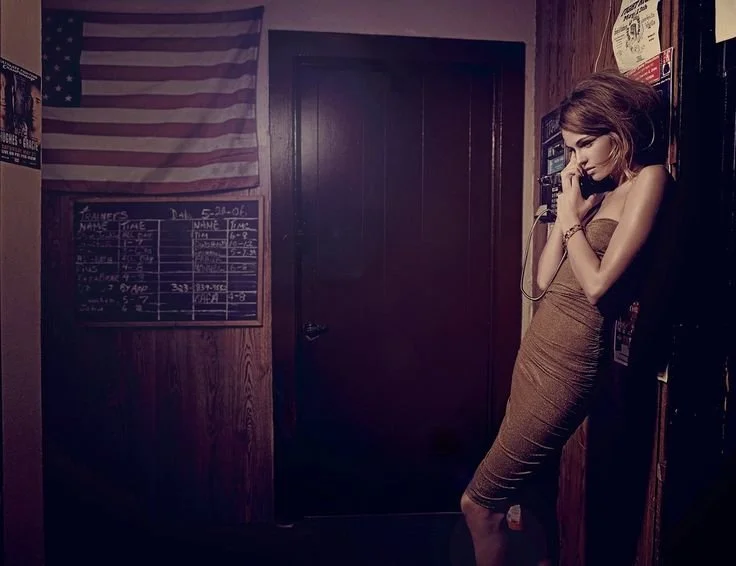Photography’s Revival - Extracts of The New York Times & The Economist
“After at least a decade of focusing almost exclusively on painting, many of the largest and most powerful art dealers are dedicating significant attention and real estate to photography.”
As artificial intelligence rapidly advances, blurring the line between real and synthetic images, photography is making a powerful comeback. This resurgence isn’t just a passing trend; it’s taking center stage in major galleries across New York and beyond. The growing prominence of photography in the art world today signals a shift: just as technology challenges our perceptions, galleries and artists are turning to the authenticity and tangible nature of photography as an anchor to reality.
Moab III, Utah, 1999 | PATRICK JAMES MICHEL
“Last summer, 35,000 people visited Gagosian’s exhibition celebrating the American fashion photographer Richard Avedon’s centenary in New York, making it one of the gallery’s best attended shows in recent years. Gagosian also hired its first director of photography, Joshua C., and added the photographers Nan Goldin and Deana Lawson, as well as the estate of Francesca Woodman, to its stable in the past two years.”
In New York, some of the biggest names in photography, including Irving Penn, Trevor Paglen, and Jeff Wall, are featured in compelling exhibitions that explore themes of identity, culture, and the blurred line between truth and fiction. Irving Penn's works, for example, are celebrated in a unique setting that replicates his iconic narrow sets, where he photographed iconic figures like boxer Joe Louis and writer Truman Capote. Similarly, Paglen’s work dives into the enigmatic with his photographs of U.F.O.s — presented in such a way that raises fundamental questions about the veracity of what we see and believe.
Muhammed Ali 01, 1972 | TERRY O’NEILL
Muhammed Ali 02, 1972 | TERRY O’NEILL
While AI reshapes digital art, photography stands as a reminder of the craftsmanship involved in capturing reality. This is evident in exhibitions like Chris McCaw’s, who uses large-format cameras and sunlight to burn images directly onto photosensitive paper, creating works that embody both natural and photographic precision. At the same time, contemporary galleries are embracing older, analog processes, highlighting photography as a medium that withstands the fast-paced technological changes, offering art lovers something both nostalgic and refreshingly tangible.
Just like a woman, Valentina, Los Angeles 2005 | JACQUES OLIVAR
“This moment, however, is unique. The rise of A.I. image generators makes physical prints feel all the more outmoded, and therefore all the more like fine art objects — rare specimens that ought to be valued for their craftsmanship, luminosity and composition. “New tech has made even digital photography seem somewhat romantic and nostalgic,” Drew Sawyer said.” (Curator of photography at the Whitney Museum)”
Amid this era of digitally generated imagery, photography has become an accessible entryway into art collecting. The tangible quality of prints, especially those created using historical or unconventional methods, offers a sensory experience that digital art often lacks, attracting both seasoned collectors and newcomers alike. Experts believe this revival of photography reflects its ability to hold cultural and emotional significance even as technology advances.
Explore how photography is redefining its role in the art world by diving into the article by The New York Times on this new renaissance, its cultural implications, and the exhibitions reshaping the perception of the medium.





